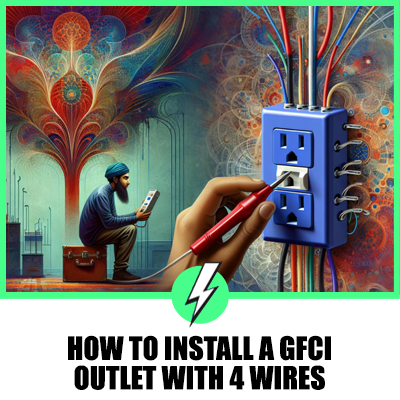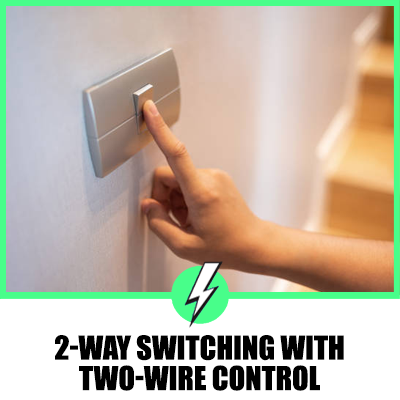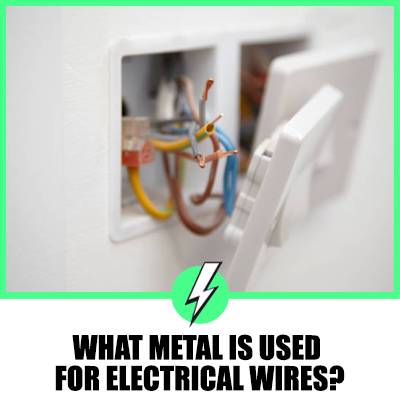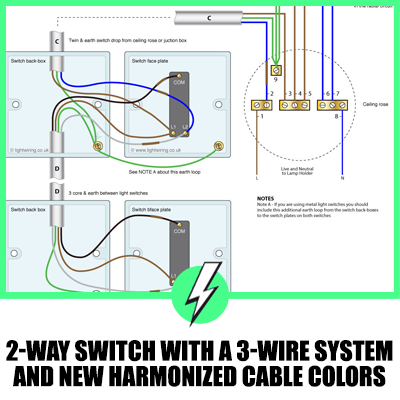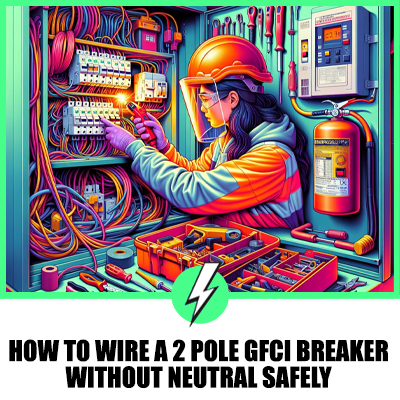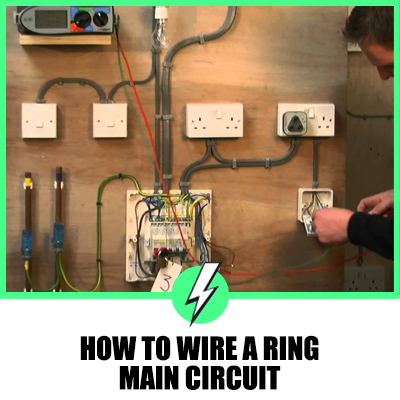Fixing Lights That Have Power But Don’t Work
Ever found yourself asking, Why won’t my light turn on even though there’s power?
It’s a common issue that many face, leading to frustration and confusion. Before you plunge into despair or reach for the phone to call an electrician, take a moment to understand the potential reasons behind this perplexing problem.
From simple fixes like checking the light switch to more complex issues like wiring faults, a basic understanding can go a long way.
Well, we’ll be going over:
- What could be wrong with the light switch?
- Is there a chance the bulb is the issue?
- How can faulty wiring or a defective fixture contribute to the problem?
Let’s dive in.
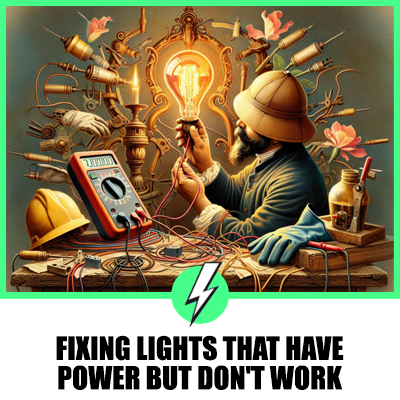
Contents
Check the Light Switch
When faced with a light that won’t turn on despite having power, your first port of call should be the light switch itself. Oftentimes, the issue stems from something as simple as a loose connection or a faulty switch.
To diagnose, you’ll want to turn off the power to the switch at your breaker box for safety before proceeding.
Once the power is off, remove the switch cover and check the wires attached to the switch. Look for loose screws or wires that might have come free. Tightening these can often solve your problem.
If everything seems tight and correctly placed, the next step involves testing the switch with a multimeter. This tool will tell you whether or not electrical current is successfully passing through the switch when it’s turned on.
If your multimeter reading indicates no continuity, it’s a clear sign the switch is defective and needs replacing. Switches are relatively inexpensive and straightforward to replace, but if you’re not comfortable doing it yourself, it’s time to call in a professional.
Remember, safety first – if you’re ever in doubt, professional help is your best option.
Inspect the Bulb
Before diving deeper into your light fixture’s electrical components, it’s imperative to inspect the bulb itself. A common oversight is assuming the bulb is functional.
Always start with the simplest solutions. Firstly, ensure the bulb is screwed in correctly; a loose bulb might not make proper contact, leading to intermittent or no lighting. If it’s secure, try the bulb in a different fixture to confirm its functionality. This simple test can save you considerable time and effort.
Should the bulb fail to illuminate in another fixture, it’s likely burnt out or defective. It’s not uncommon for bulbs to burn out prematurely due to factors like power surges or using bulbs with improper wattage.
When replacing it, choose the correct bulb type and wattage recommended for your fixture to prevent future issues.
In the event the bulb works elsewhere, the issue lies within the fixture or further upstream in your electrical setup. This finding narrows down the possible culprits, guiding you closer to a solution without having jumped to conclusions.
Examine the Wiring
After ensuring the bulb connection isn’t the issue, it’s time to delve deeper. Faulty or loose wiring is a common culprit behind lights not working despite having power.
Begin by turning off the electricity at the circuit breaker to ensure your safety. Unscrewing the light fixture, examine the wires for any signs of damage or fraying.
Loose connections often disrupt the flow of electricity. Tighten any loose wire nuts and reconnect any detached wires following the manufacturer’s instructions.
Look for discoloured wires as they indicate overheating, a serious issue requiring professional attention.
While handling wires, it’s vital to use insulated tools to prevent electric shocks. After checking and adjusting the wiring, turn the power back on and test the light.
If the problem persists, the fault may lie within the light switch or circuitry, pointing towards more in-depth electrical work.
Test the Fixture
After ensuring the bulb and wiring are in proper condition, it’s crucial to test the light fixture itself. A malfunctioning fixture can often be the culprit behind a light that won’t turn on despite having power.
Begin by safely removing the fixture from its mount. This step requires turning off the power at the circuit breaker to avoid electric shocks.
Once removed, inspect the fixture for any visible signs of damage. Look for cracks, burn marks, or signs of corrosion. These are indicators that the fixture may need replacing.
In addition, check the socket where the bulb fits into the fixture. Corrosion or damage in the socket can prevent a good electrical connection, leading to lighting issues.
Next, test the fixture with a multimeter. Set your multimeter to the continuity setting and touch the test probes to the fixture’s wiring.
A continuous tone from the multimeter signals a good electrical path. If you don’t hear this tone, the fixture has a break in the circuit and likely needs repair or replacement.
By systematically testing each component, you’ll be better positioned to identify the source of your lighting issue. Remember, dealing with electricity requires caution, and it’s advisable to consult a professional electrician if you’re uncertain about any steps.
Seek Professional Help if Needed
Tackling electrical issues can be daunting and, at times, hazardous. If you’ve followed the steps outlined for inspecting the wiring, testing the fixture, and ensuring there’s no visible damage or connectivity issues yet find yourself at a loss, it’s time to consider enlisting professional help.
Electrical work requires specific knowledge and tools that not everyone has at their disposal.
Hiring a certified electrician isn’t just about solving your immediate problem; it’s also about ensuring your home is safe. Faulty electrical work can lead to serious issues like fires or electric shocks.
Professionals have the expertise to diagnose complex issues that might not be apparent to the untrained eye. They can also provide valuable advice on preventing future problems.
Remember, electricity is not something to take lightly. If you’re unsure about any steps or feel uncomfortable handling electrical fixtures, seek professional assistance. Electricians are trained to handle these situations safely and efficiently, providing peace of mind alongside their technical services.
Conclusion
Tackling a light fixture that’s powered but not working can seem daunting. Yet, with the right approach, it’s manageable. Remember, your safety is paramount.
Always take precautions when dealing with electricity. If you’ve tried troubleshooting the wiring and the fixture itself without success, it’s time to call in a professional.
Certified electricians have the expertise to safely resolve complex issues, preventing potential hazards like fires or electric shocks. They can also offer advice to help you avoid similar problems in the future.
Don’t hesitate to seek professional help if you’re unsure about any step in the process. Ensuring your home’s electrical safety is always worth the investment.
